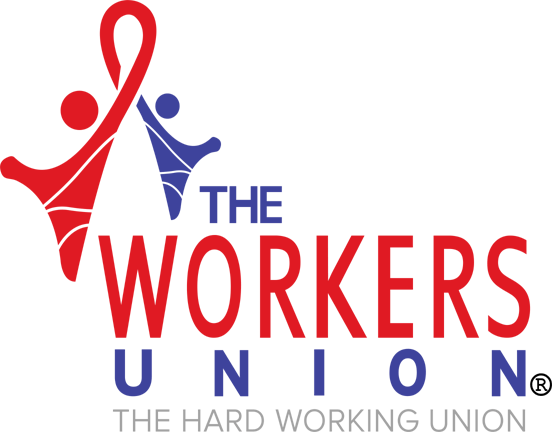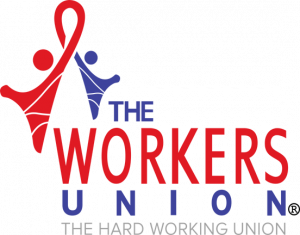The Workers Union has issued a stark warning over the sharp rise in workplace injury claims, highlighting how UK workers are increasingly exposed to risk as economic pressures deepen.
According to the latest figures from the Health and Safety Executive (HSE), 124 workers lost their lives in workplace accidents during 2024/25, a figure that underscores the ongoing dangers faced by many across the nation. The construction industry accounted for 35 deaths, while agriculture, forestry and fishing recorded 23 fatalities—together comprising nearly half of all workplace deaths reported.
Beyond these tragedies, work-related ill health continues to weigh heavily on the UK workforce and economy. In 2023/24, 1.7 million people were suffering from work-related health problems, with 776,000 cases linked to stress, depression or anxiety and 543,000 resulting from musculoskeletal disorders (MSDs).
Meanwhile, non-fatal injuries remain widespread, with 604,000 workers reporting an injury through the Labour Force Survey, and 61,663 incidents recorded under RIDDOR, the official reporting mechanism for workplace accidents.
The financial and human cost
The scale of this crisis extends well beyond the human suffering. The HSE revealed that 33.7 million working days were lost to work-related ill health and injury in 2023/24, including 16.4 million due to stress at work, depression or anxiety and 7.8 million to MSDs.
The overall cost to the UK economy is eye-watering. Workplace injuries and ill health carried an estimated £21.6 billion price tag in 2022/23, reflecting not only direct medical and compensation costs but also reduced productivity, lost output and emotional hardship for families and communities.
Economic turbulence is a major driver. With businesses squeezed by inflation, high energy prices and supply chain disruptions, many have cut spending on training, equipment maintenance and health and safety programmes. At the same time, workers under financial pressure are pushing through illness or fatigue, often working longer hours in hazardous conditions.
This combination of under-resourced safety measures and emotional worker exhaustion creates a volatile environment where both physical and mental health risks escalate.
Mental health and modern workplace pressures
Traditionally hazardous industries—such as construction, agriculture, manufacturing and healthcare—remain at the forefront of accident statistics. However, the HSE data also exposes a worrying rise in mental health issues across office-based roles, where job insecurity, heavy workloads and burnout are becoming increasingly common.
Stress-related illnesses are spreading far beyond manual work, highlighting a national health emergency that affects employees across every sector.
The Workers Union’s position
The Workers Union is urging employers, policymakers and regulators to take decisive action. The organisation calls for renewed investment in worker health, safety and wellbeing, arguing that protecting people at work must be viewed as a strategic necessity for national stability.
A spokesperson for The Workers Union said:
“Behind every figure is a life disrupted or lost. These numbers are not abstract—they represent the pain and struggle of real working people. Employers and government must act now to strengthen safety, promote mental health support and create fairer conditions across all sectors.”
The Union stresses that addressing these issues is not just about preventing accidents—it’s about preserving livelihoods, supporting families, and ensuring that the UK’s economic recovery is built on safe, sustainable employment rather than short-term cost-cutting.
A national challenge requiring immediate attention
As the UK grapples with inflation and cost-of-living pressures, the wellbeing of its workforce cannot be treated as expendable. The rising number of workplace injuries and stress-related illnesses is a clear indicator of a system under strain.
The Workers Union’s message is clear: worker health and safety must be prioritised at every level of decision-making if the UK is to safeguard its people and productivity for the future.




